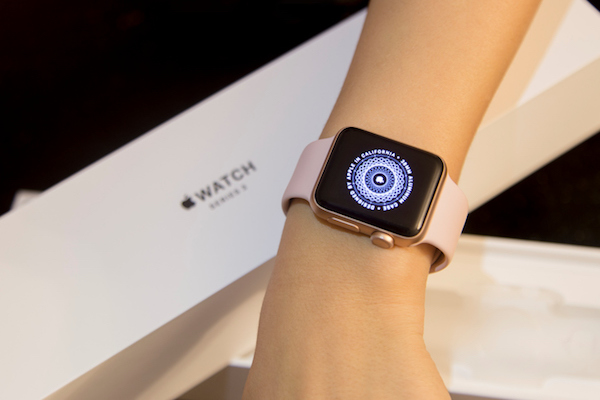
How Exercise Keeps Blood Sugar in Check
In keeping with our theme for American Diabetes Month™, let's take a look at a few things exercise improves for people struggling with diabetes.
As we’ve discussed thoroughly here at OcularPrime, an active lifestyle is almost imperative to healthy living. If you’re a reasonably active individual and you hit the gym on a consistent basis, you should be able to keep stress and blood sugar levels (and more) at bay. And if you’re doing it right, an intense workout can give you more energy, improve your mood, help you sleep better and make you feel stronger in general. But it doesn’t stop there, especially if you’re dealing with diabetes. Keep reading.
Scientific research on the subject suggests that consistent exercise helps diabetics control blood glucose (or blood sugar). To explain the matter, people with type 2 diabetes have excess amounts of glucose in their blood stream, either because they don’t make enough insulin to process glucose or because their body doesn’t use insulin in the correct manner. The muscles in your body can effectively use glucose and when those muscles get pumped or pushed, glucose gets processed in the most desirable way. Over time, this tends to lower blood sugar levels or at least stabilize them. It also makes the insulin your body produces work more efficiently. Just keep in mind, you don’t have to overdo your workout routine, but you should try to be consistent. Exercise that’s too strenuous can sometimes spike blood sugar temporarily. And extremely intense exercise can cause the body to produce high levels of stress hormones, which can also cause an increase in blood sugar. Be sure to use caution and consult with your primary care doctor accordingly when considering the best type of exercise program for you. This is especially important if you haven’t exercised much in the past 6-12 months.
In keeping with our theme for American Diabetes Month™, let’s take a look at a few ways exercise keeps blood sugar in check:
-
Exercise boosts heart health
- Hemorrhages
- Swollen optic nerves
- Vein occlusion (when blood leaks into the retina and can cause decreased vision if fluid develops in the macula)
-
It helps those eyes stay healthy too
- Blurry vision or rapid changes in vision
- Floaters (black or gray spots that move around)
- Flashes of light (similar to lightning flashes off to the side of the eye(s)
- Hemorrhages seen in the back of the eye (retina)
- Retinopathy or new leaky blood vessels
- Fluid within the macula
- Retinal detachment
- Diabetic cataracts
-
Traditional benefits
- Builds overall strength
- Keeps weight under control
- Decreases high cholesterol
- Strengthens bones
- Improves mental health
- Builds a sense of teamwork and community
Exercise helps those with type 2 diabetes avoid long-term heart health complications. This is because diabetics are susceptible to developing arteriosclerosis (clogged arteries), which can eventually lead to severe complications such as heart attack or even stroke. Furthermore, heart health-related eye problems do exist and can be easily found through a comprehensive eye exam. At first, nothing more than the narrowing of arteries will be visible (to the eye doctor). But over time, elevated blood pressure can lead to more severe findings in the eyes. And the only way to treat the eye problems is to treat the high blood pressure.
Hypertension induced eye problems may include:
How Hypertension (High Blood Pressure) Affects the Eyes >>>
People with diabetes are also forty percent more like to suffer from glaucoma and sixty percent more likely to suffer from cataracts. Visual symptoms that may be a result of diabetes include:
Signs in the eyes that are a result of diabetes include:
Regular eye exams can help to detect early changes in the eyes from diabetes. And always remember that your eye doctor is your best ally in the battle to avoid vision loss.
Ocular Manifestations of Diabetes >>>
If the heart and eyes aren’t important enough, there are all the traditional benefits of exercise which include:
I can go on for days.
Live in Your OcularPrime.







